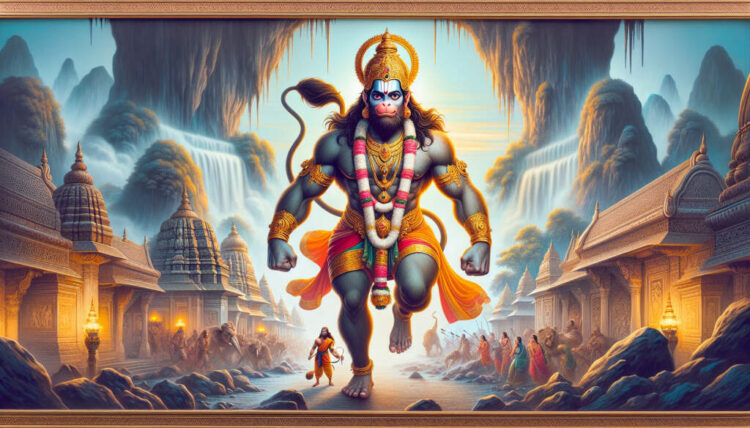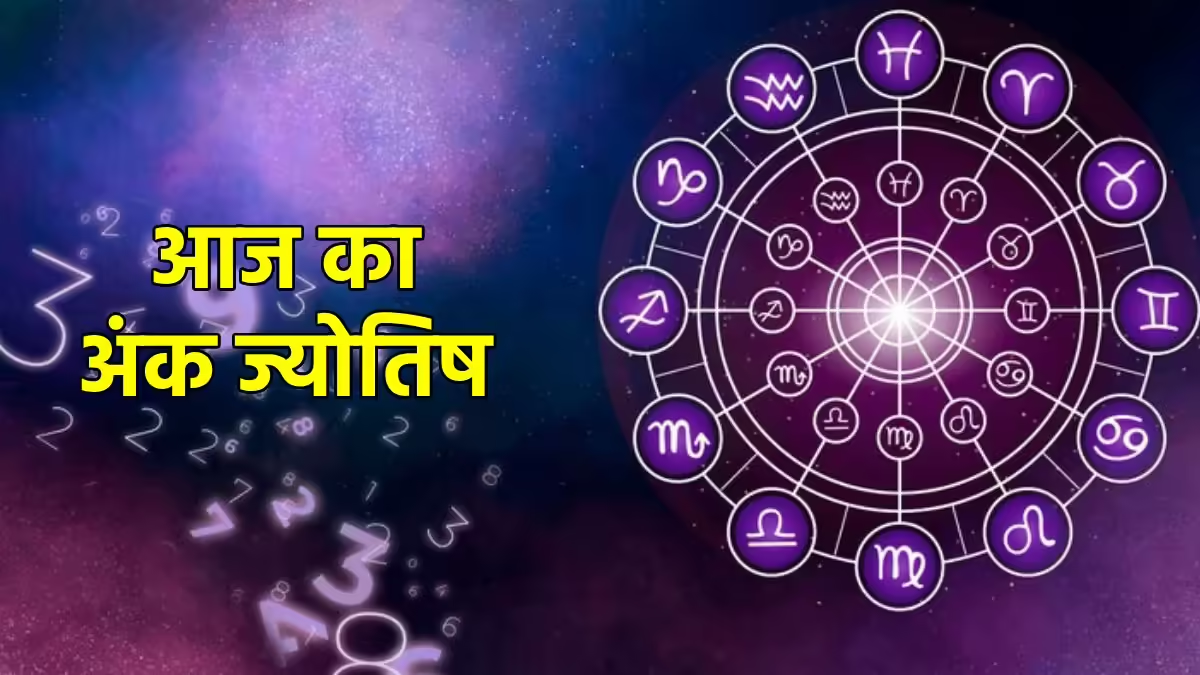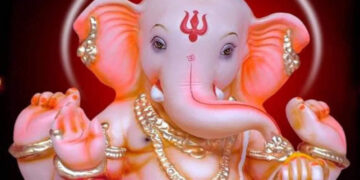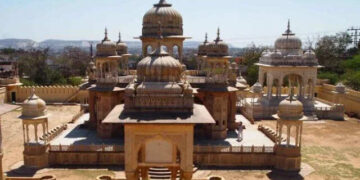Tuesday of Jyeshtha month is considered very sacred in Hinduism. Worshiping Hanuman ji has special significance on this special occasion. Stores are organized all over India and devotees recite Hanuman Chalisa, Sundarkand and Ram Bhajan. The recitation of Sundarkand is considered especially auspicious for the grace of Hanuman ji. This is not only a matter of faith, but also refers to a very emotional and powerful part of Ramkatha.
Hanuman’s form in Sundarkand and the discovery of Goddess Sita
Sunderkand is the chapter in the Ramayana in which Lord Hanuman gets a very beautiful depiction of might, devotion and service. In this scandal, Hanuman ji reaches Lanka and detects Goddess Sita and visits her. This is where Ramkatha goes to a new turn. Therefore, the importance of Sundarkand becomes even more. This is the moment when Goddess Sita reaches Sita for the first time with the message of Shri Ram, and only Hanuman ji could do this work.
Why was Sundarkand called beautiful?
The answer to this question is not only in the beauty of words, but is hidden in the depth of spirituality and emotions. It is said in the spiritual Ramayana that the whole Ramayana is beautiful, but Sundarkand is very beautiful in it. Just like Virat festival is the best in Mahabharata, Sunderkand in Ramayana.
According to the verse:
“Sundare Sundaro Ram: Sundare Sundari Katha.
Sundare Sundari Sita, Sundare Kinn Sundaram. “
That is, in Sundarkand, Shri Ram is beautiful, the story is beautiful, Sita is beautiful – so this scandal is called “Sundarkand”.
Spiritual relations between Ram and Sita
President of Vishalakshi Shaktipeeth, Akhandanand Ji Maharaj, says that there are two major characters in Sundarkand – Sita and Hanuman. Hanuman is clearly devotee, but who is Sita ji? In response, he says – Sita is Shakti and Shri Ram Shaktimaan. Both are two forms of the same power. When Shakti and Shaktimaan come down in the story, then every part of it becomes beautiful. Sriram is called God in Tapaniopanishad and Janaki is Bhurbhuva: Swaroop. For this reason, the together being together gives the story a divine beauty.
Auxiliary, geography and emotional foundation behind the beautiful name
According to Pandit Vijayanand Tripathi, Hanuman ji’s character is the most pleasing and motivational in Sundarkand. The story begins with ‘Jamwant’s Words Suhaye’, which reminds Hanuman ji that he has immense power. This episode is very inspiring. Similarly, at the end of the scandal, when Hanuman ji returns with the message of Sita Mata and meets Rama, he is also extremely beautiful – ‘like Nij Bhawan Gavaneu Sindhu Shri Raghupatihi this mind.’ In addition, this part of the Ramayana describes the three peaks of Trikutachal mountain – Neel, Sundar and Subel. Ashok Vatika was located on the beautiful peak, where Hanuman ji got Sita ji. On this basis, it was also called Sundarkand.
Every element is beautiful – character, place, fruits and functions
Tulsidas ji has used the word “beautiful” in many places.
Six works of Hanuman ji and six blessings of Sita ji
In this scandal, Hanuman ji does six tasks – giving Mudrika, describing the qualities of Shri Ram, telling the story, confidence, giving messages and patience. Instead of all these, Sita ji gives him six blessings – Bal, Sheel, Ajrata, immortality, Nidhi of virtues and chanting Rama.
Medium of intended accomplishment and emotional depth
Sunderkand is recited for special desire and it is believed that it gives the desired fruit. In addition, every part of the story makes the reader fade. Especially when Hanuman ji sees Sita ji in Ashoka Vatika – that episode experiences both happiness and sorrow together.






